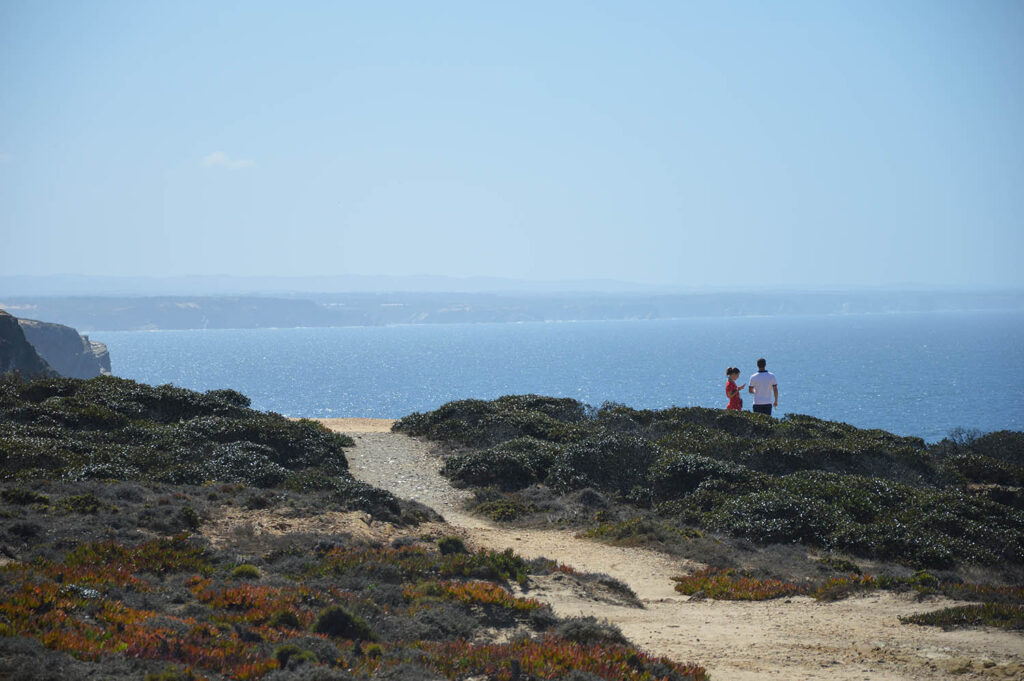Organizations in the Southwest of Alentejo want to carry out, «shortly», public presentations (in person and/or by videoconference) of the Espichel-Odeceixe Coastal Shore Program (POC-EO), whose public discussion was extended for another two months, until November 2nd.
The organizations – Movimento Juntos pelo Sudoeste, Associação Arriba, Associação Rewilding Sudoeste, Associação Rota Vicentina, Associação Zero, Tamera and Triângulo em Transição – defend that such presentations should be made «with the content organized in a logic of proximity to local communities, associations different sectors of activity and citizen movements (for example, the Sado estuary and Tróia Peninsula, the Melides and Sines area and the Odemira area), allowing for a more specific presentation of each territory and closer to the people».
In a statement, the organizations stress that the extension of the deadline for discussion of the (POC-EO) was motivated by the "contest carried out by various organizations of citizens of Southwest Alentejo" and by "local mayors, in disagreement with the way this process It was conducted".
However, they stress that "the deadline was just one of the issues pointed out to defend a clear, constructive and participative process, which integrates all the parties involved in the program".
Citizens' organizations consider that “in reality, the program under consultation maintains all the weaknesses set out in the aforementioned contestation of the beginning of September, in relation to its format and content, as well as to the process after this consultation, which is intended to be rectification. aspects, rather than a structural review'.
Among the aspects that continue to be contested, there is the lack of «explanation of the criteria that led to the definition of the different types of spots mapped in the Territorial Model» or the need to present «the cartography referring to the coastline where it is being carried out this dissemination action». It is that, they argue, “since all actions, measures, projects and rules are anchored in this cartographic base, it will be useful for it to remain visible or accessible throughout the presentation”.
On the other hand, they consider it necessary “to match each specific objective of the POC-EO, in a logical scheme, with the answer to the questions: to respond to this objective, what are you going to do? How will it be done? Where are you going to do it? Where do you get the necessary resources, human and material? Who is responsible (regardless of whether there are other actors)? What is the final result you want to achieve (goals)? How will this result be measured (effective indicators)? Who will measure this result?"
In fact, the statement emphasizes, “these elements are dispersed throughout the various volumes of the POC-EO, making it difficult to understand this logic, on which any plan/programme is based. In some cases, some of these elements do not even exist and in that case it will be important to explain why they do not exist».
Finally, the organizations consider that, "following the elements mentioned in the previous point, the restrictions foreseen in the POC-EO to the different economic activities and to the daily life of the inhabitants of the territory should be clear, highlighting the differences in relation to the current situation" .




















Comments